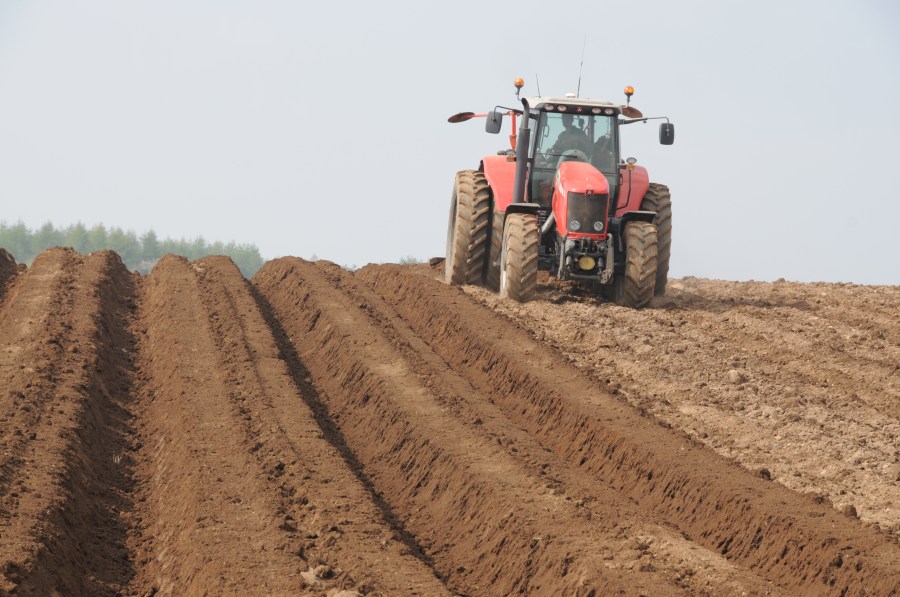A new report by the British Ecological Society reviews the claims of regenerative agriculture approaches, with minimising bare soil appearing to be most beneficial.
The work brings together the expertise of more than 40 academics, practitioners and farmers across the UK to assess the evidence that regenerative agriculture can achieve positive outcomes such as improving soil health, increasing biodiversity and minimising environmental damage.
Dr Roy Neilson, soil ecologist at the James Hutton Institute and lead author on the report, says although there are five principles of regenerative agriculture, there’s no one principle that delivers clear change on its own.
“To achieve meaningful change requires a good understanding of the context of the individual farming system. When possible, multiple principles ideally should be be adopted,” he adds.
Minimising bare soil
Of the core principles of regenerative farming – minimising soil disturbance, minimising bare soil, increasing farm diversity, integrating livestock, and favouring nature-based methods over synthetic inputs – the report finds the strongest evidence of benefits come from minimising bare soil.
Brown fields of bare soil can be a common sight throughout the UK in the winter months, but keeping roots in the ground year-round through practices like cover crops, can increase soil organic matter, enhance soil structure, improve nutrient availability and increase biodiversity, outlines Roy.
Livestock integration
The report also finds good evidence that integrating livestock into arable land benefits weed, disease and pest suppression.
However, the evidence is weaker on the benefits of reducing soil disturbance with no-till or minimum-till under UK conditions, despite its prominence as a principle of regenerative agriculture.
The report finds that there’s strong evidence that soil health and biodiversity can improve under regenerative agricultural practices in the UK, but a whole systems approach is required. Furthermore, individual principals of regenerative agriculture used in isolation are rarely sufficient, although the authors don’t wish to discourage farmers from adopting a select few approaches.
Complex transition
Dr Lucie Büchi, researcher in crop and weed ecology at The Natural Resources Institute of the University of Greenwich, and lead author on the report believes moving from one farming system to another is complex, difficult and risky.
“A whole systems approach is an ideal end goal, but this shouldn’t discourage farmers from picking up certain regenerative agriculture elements which they can implement on their farms. People have to start somewhere,” she says.
Advancing technologies and experimentation will also be vital during this transition, states Professor Nicola Randall of Harper Adams University, also a lead author of the report. “Science and ecologists have a significant part to play in regenerative agriculture along with farmers,” she says.
“There’s a perception that regenerative agriculture or nature-friendly farming is going backwards, rediscovering past ways of farming. In actual fact, there’s a lot of exciting new technology and developments involved; the movement is very much forward-looking.”




